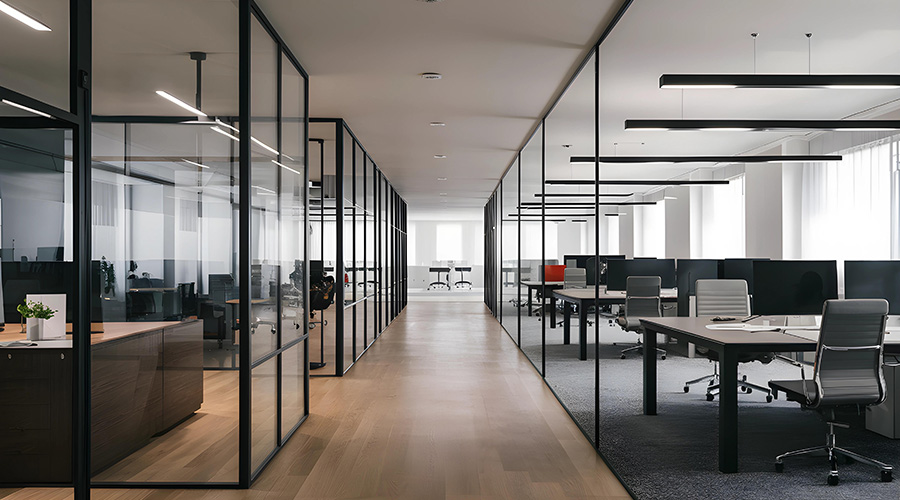Chicago High-Rise Finds Better Option Than Free Cooling
When it comes to creating energy efficiencies in a major commercial building, what can be more effective than free cooling? The answer comes as a surprise. As the Chase Tower example below demonstrates, by taking a more holistic look at a building’s cooling system, a better option than free cooling emerged. In this case, it turned out that heat recovery was more efficient than free cooling for the high rise.
In January of 2011 ESD began analysis of the existing, original, 10,000-ton chiller plant serving the historic Chase Tower, located in the heart of Chicago. The team had been working hard over the last 10 years upgrading the ancillary systems in the building to get ready for this final step, the upgraded plant. All the air handling units had been changed to variable flow with two-way pressure independent control valves, the pumps were retrofitted with drives, and a DDC system was in place and ready to operate the new plant. It is important to note that the building’s air handling units were originally hot deck/cold deck. The airside upgrade converted all units except the lobby air handler to more traditional single deck units with typical 55°F discharge air. Mixing boxes on the typical office floors were all replaced with variable air volume (VAV) or fan powered terminal units.
The team built an energy model to understand the load characteristics of the building and started to conjure up system ideas that would help this 50-year-old plant best serve its optimized building. The existing plant consisted of two 1,500-ton heat recovery chillers and two 3,500-ton cooling-only chillers. There is a year-round chilled water load from the data center in the building of approximately 200 tons. Instincts kicked in, and free cooling in the form of a waterside economizer seemed like a great option to serve the data center during the winter.
The building has 10,000 tons of cooling tower capacity (five cells at 2,000 tons each), 4,000 tons of which are winterized and have variable speed fans. Free cooling with a waterside economizer felt right and natural for a newly optimized building where lighting loads were reduced by more than 400 percent from the original design, and there was no longer the large need for winter hydronic cooling. In addition, all the outdoor air dampers have been replaced so the building has excellent control over their airside economizer operation.
To everyone’s surprise, after detailed analysis and dissection of the hourly model reports a more efficient solution emerged — something better than free. Looking holistically at the system during the winter, right sized heat recovery performed better than free cooling.
Related Topics:












